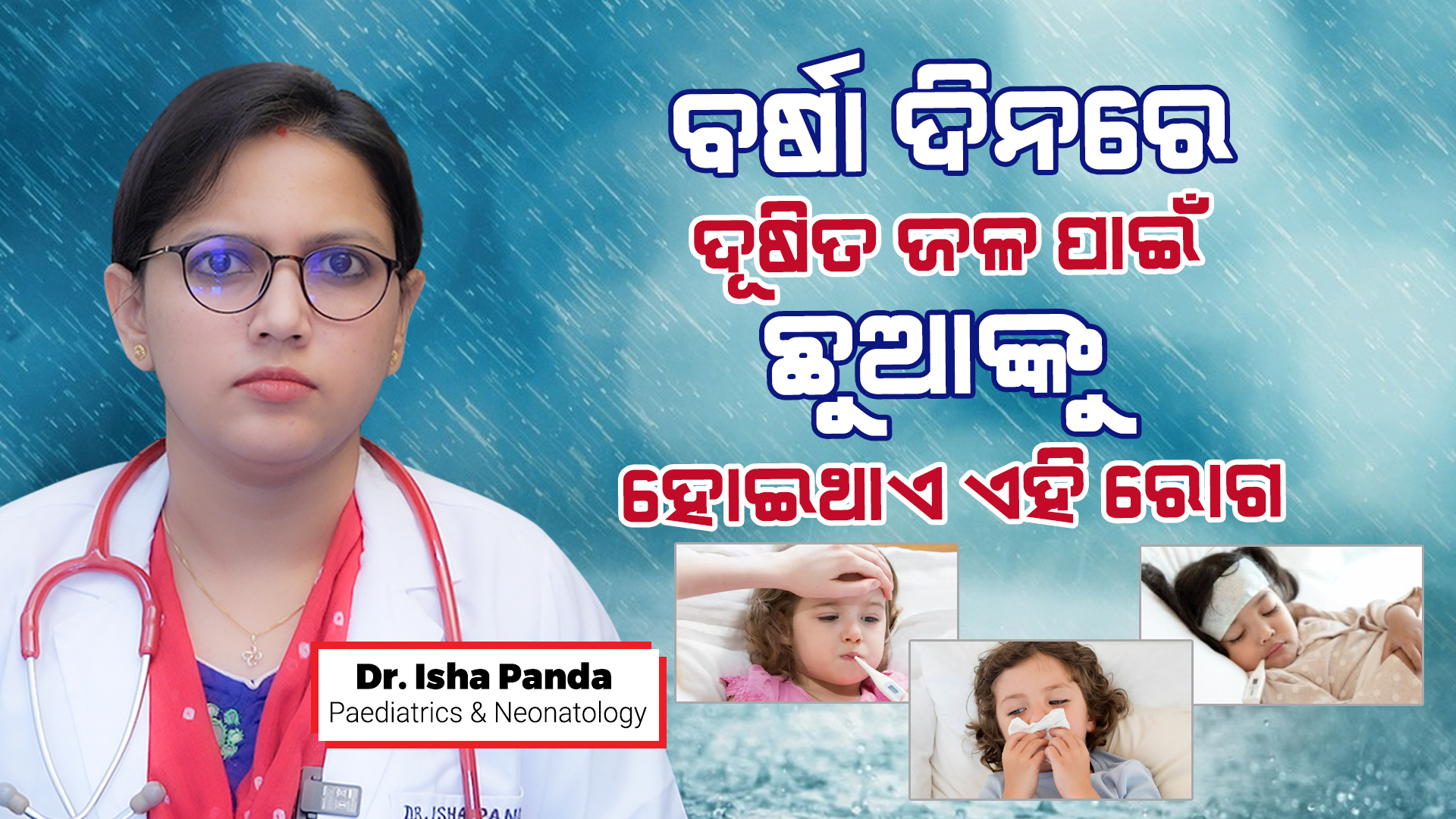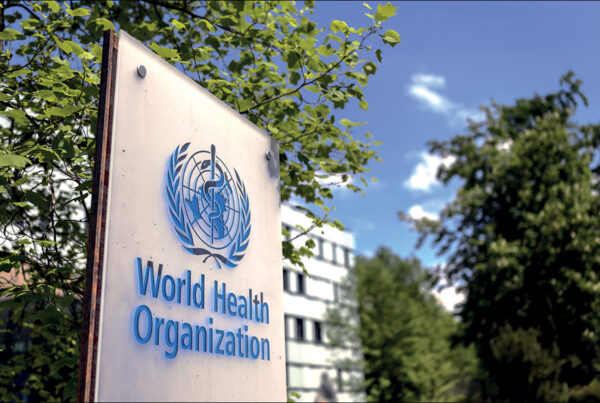Jaundice is a common disease in rainy days mostly. It is a liver-related condition that causes a yellowing of the skin and the whites of the eyes, and sometimes other less obvious symptoms. While it’s quite common and temporary in newborns, jaundice in children can be a sign of a more serious medical problem.
Jaundice is the result of hyperbilirubinemia, the buildup of a substance called bilirubin in the bloodstream. Bilirubin is produced during the normal breakdown of red blood cells. It’s an orange-yellow substance that usually passes through the liver and is excreted from the body.
When there are abnormally high levels of bilirubin in the blood, jaundice develops, and signs of skin and eye color changes appear. Jaundice in children and adults is unusual and an indication of health issues requiring treatment.
The most apparent signs of jaundice are yellowing of the skin and of the whites of the eyes. Jaundice can also cause color changes to bodily fluids, such as pale stools and dark urine.
If your child’s jaundice is related to a serious medical condition, such as hepatitis, they may have other symptoms, including:
- fever
- abdominal pain
- nausea
- fatigue
Symptoms of jaundice should be taken seriously, as it is most common in rainy days, but if they’re accompanied by other signs of distress, get your child to an emergency room or a walk-in clinic as soon as possible.
Mild cases of jaundice in rainy days in children can sometimes go away without treatment once the cause has resolved, the way it often does with infants.
Making sure your child has regular bowel movements may also help rid the body faster of bilirubin. Tips for avoiding constipation and establishing regular bowel movements include making sure your child:
- is well-hydrated in rainy days
- has regular physical activity
- gets enough dietary fiber, which can be found in fruit, beans, and bran cereals




